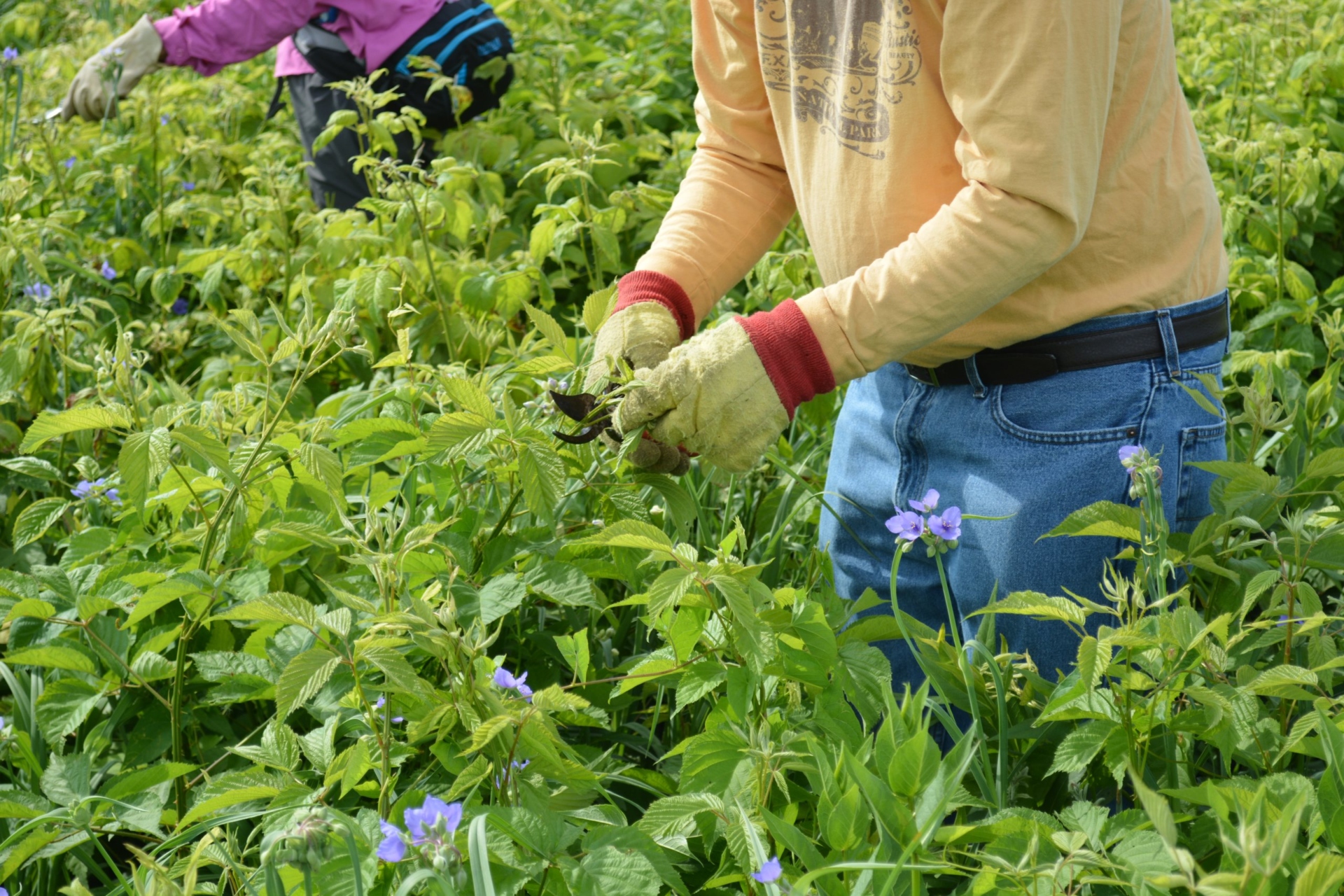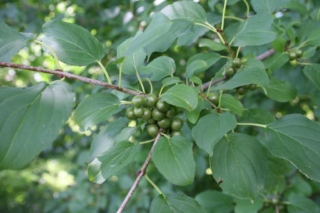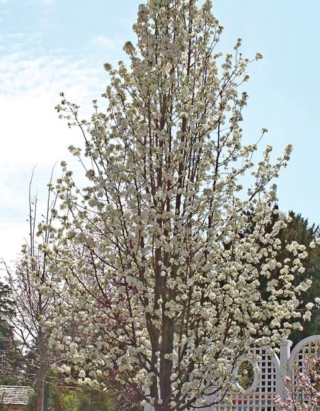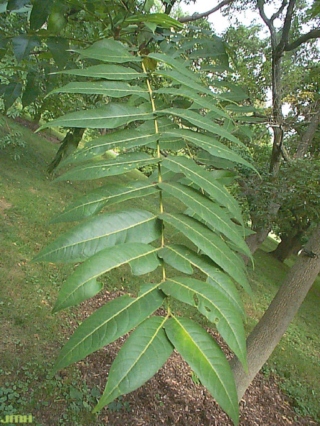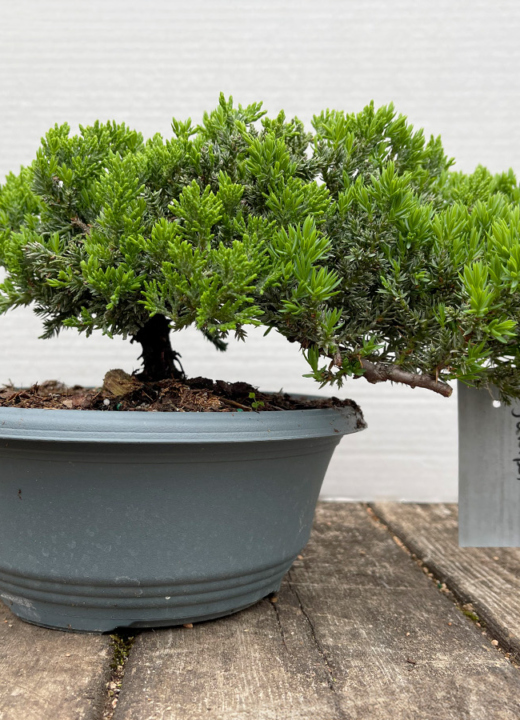May is Invasive Species Awareness Month in the state of Illinois. In 2014, former Governor Pat Quinn issued a proclamation to “promote awareness of the damage caused by invasive species, and to encourage Illinois residents to become more involved in the fight against invasive species.” This month is more important today than it was seven years ago, with more than 42% of the Chicago region’s trees considered invasive.
The Morton Arboretum has programs and resources available to support the removal and replacement of invasive plants. There are many ways to make a difference.
What Is an Invasive Plant or Tree?
Invasive trees and plants came from other parts of the world—often from another continent where they evolved in a complex ecosystem where natural enemies, such as insects and diseases, would keep populations balanced. Since they left those natural controls behind when they were brought here, these plants can spread more freely and rapidly than native plants.
Common Invasive Plants and Trees in Northern Illinois
The Buckthorn Problem
Invasive buckthorn (Rhamnus cathartica) is the most common species in the region, accounting for more than one-third of its total trees. Buckthorn is a large shrub or tall tree with glossy green oval leaves. Dark blue or black berry-like fruits can be found in clusters on the female plants. It’s most identifiable by its thorns that protrude from the stems.
Buckthorn creates dense thickets that block light and prevent other species from growing to full maturity. The invasive plant also changes the soil chemistry, preventing more plants from growing there in the future. If you have buckthorn on your property, consider a replacement using the Healthy Hedges brochure.
A Hub for All Things Invasive Species
Visit The Morton Arboretum’s page on How to Deal With Invasive Woody Plants to find resources for homeowners, volunteers and land managers who are managing invasive woody plants.
Gain Knowledge on Invasive Species of the Great Lakes
Learn to identify and manage the most common invasive plants in the Great Lakes region through an on-demand course.
Protect Local Habitats
Remnant and restored natural areas act as reservoirs for plant, animal, and insect diversity. Become a steward for natural land through the online or in-person Natural Areas Management program.
Visit The Morton Arboretum to Learn More
Included with general admission, Arboretum guests can also stop inside the Visitor Center from 11:00 a.m. to 2:00 p.m. on Wednesdays and from noon to 3:00 p.m. on Saturdays in May to learn more about potential invasive plants and insects and how to combat them.
